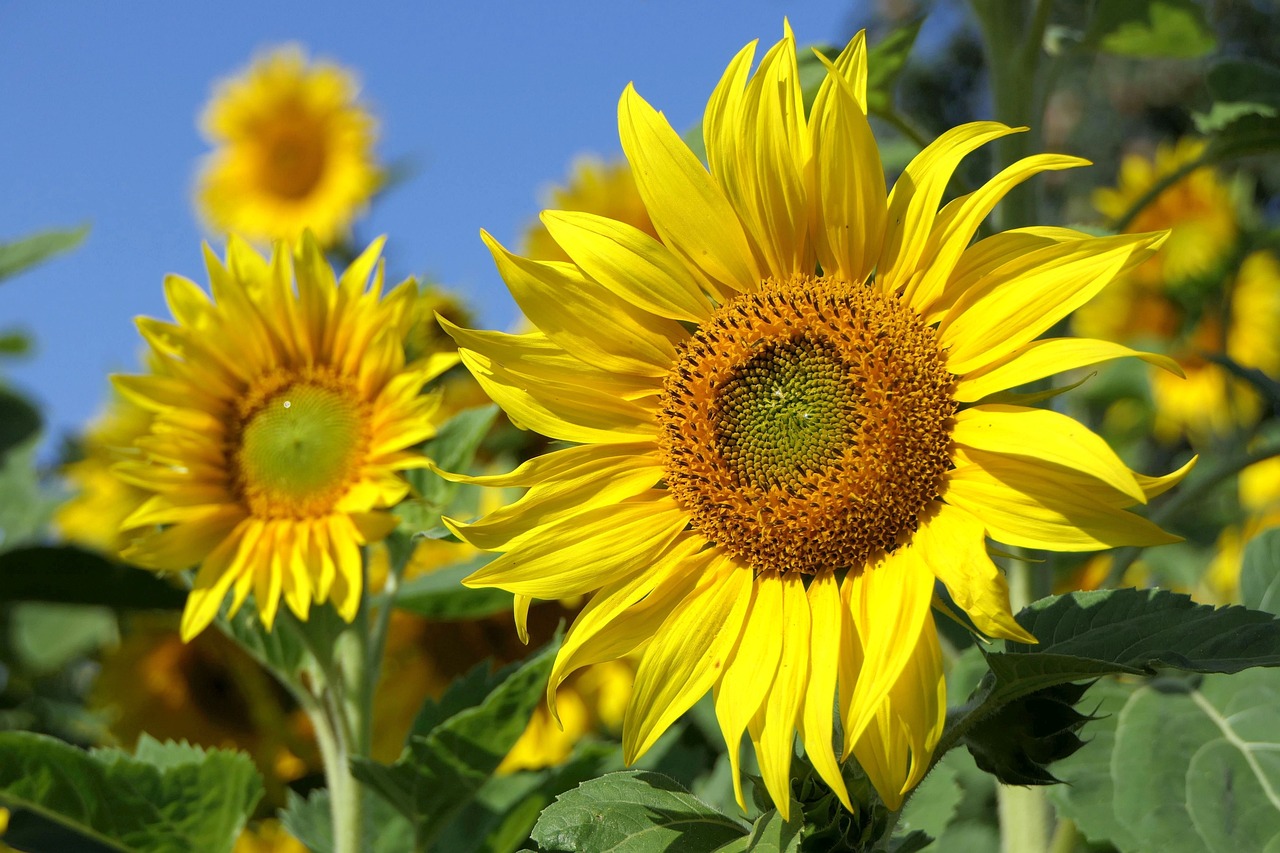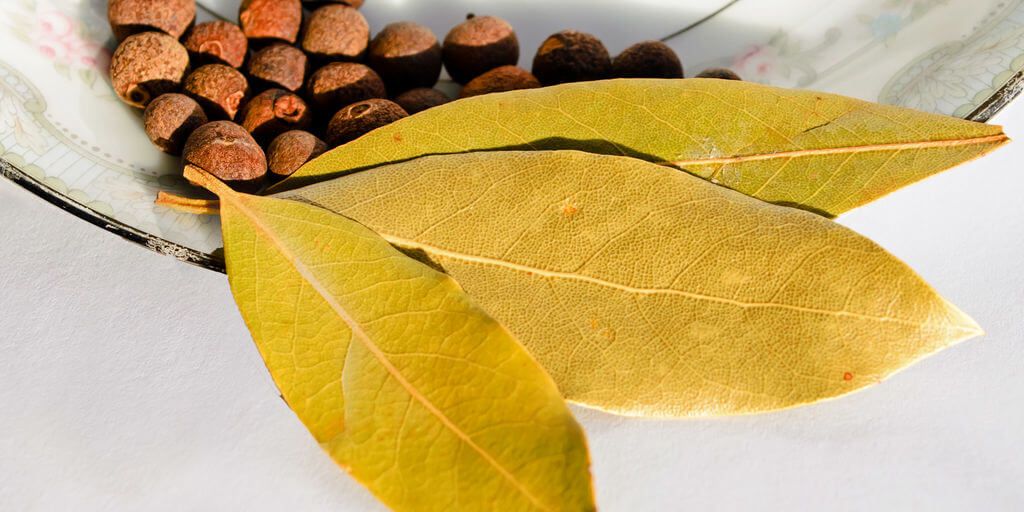Bay leaf, (Laurus nobilis), refers to the aromatic leaves of the bay laurel tree, scientifically known as Laurus nobilis. These leaves are commonly used as a culinary herb to impart flavor and aroma to various dishes. Bay leaves are native to the Mediterranean region and have been used in cooking for thousands of years.
History of Bay Leaf
Bay leaves have a long and noble history. The ancient Romans and Greeks used to make crowns out of true bay leaves to crown great and accomplished people. These great people usually included kings, war heroes and Olympians. The term ‘baccalaureate’ originates from this giving of bay leaf crowns to signify success, as does the term “poet laureate”.
Cooking with Bay Leaves
Bay leaf not only has medicinal properties but is also used in cooking. The freshly dried bay leaves have a warm aroma, which is infused into cooking. The leaf is crushed before being used. The leaf is used for flavoring stews, dishes that need a long time to cook and soups. However, it is removed from the dish before serving.
The aroma of the leaves is much more noticeable than the taste. The fragrance of the dried leaf is herbal and floral.
Bay Leaf Habitat & Types
Although a native of Asia Minor, the Laurus nobilis tree can be found in the Mediterranean owing to its partiality for warm climates. This is generally referred to as Mediterranean Bay Leaf. The Bay leaf tree is an evergreen tree that grows up to a height of 12m. The growth rate is very slow. A mature bay leaf is approximately 5cm wide and 10 cm in length.
There are several other trees grown around the world that are also called bay leaves, namely: Californian Bay Leaf (Umbellularia californica, Lauraceae), Indian Bay Leaf (Cinnamomum tamala, Lauraceae), Indonesian Bay Leaf (salam leaf, Syzygium polyanthum, Myrtaceae), West Indian Bay Leaf (Pimenta racemosa, Myrtaceae), Mexican Bay Leaf (Litsea glaucescens, Lauraceae).
Bay leaf health benefits
Medicinally, the leaves of the Laurus nobilis tree, also known as Sweet Laurel, have been used since the ancient times to treat problems associated with the liver, stomach and kidney. They were also used for treating bee and wasp stings. Nowadays, herbalists use bay leaves for treating various health complaints.
Here are some ways in which bay leaves are used today:
Bay leaf for coughs and colds
In some traditional and folk medicine practices, bay leaves have been used for their possible respiratory and immune supporting properties. Below are some ways bay leaves are sometimes used for coughs and colds:
Inhalation:
Steam inhalation: Some believe that adding bay leaves to hot water and inhaling the steam helps relieve congestion and respiratory symptoms associated with coughs and colds. However, evidence supporting the effectiveness of this method is anecdotal.
Tea preparation:
Bay leaf tea: Some people make a tea by steeping bay leaves in hot water. While this may be common practice in certain traditional medicine systems, there is limited scientific evidence to support the effectiveness of bay leaf tea for respiratory conditions.
Topical applications:
Bay Leaf Poultice: In some traditional practices, a poultice made from crushed or ground bay leaves mixed with a carrier oil is applied topically to the chest. This is believed to help relieve respiratory symptoms. However, scientific evidence of the effectiveness of this method is lacking.
Bay leaf for aches and pains
Bay essential oil can be massaged into sprained areas and to relieve headaches. The oil also relieves swelling and rheumatic and arthritic pain.
Bay leaf for fever
The infusion of bay leaves promotes sweating, fever and flu symptoms.
Bay leaf for digestion
Bay leaves are used to treat digestive disorders. They also reduce flatulence.
Bay leaf for diabetes
A study was conducted by the Department of Human Nutrition, Pakistan, to test the effect of bay leaf on type 2 diabetes. Forty people with type 2 diabetes were chosen for the study. They were divided into four groups and each group was given different quantities of bay leaf. At the end of the 30-day study, it was observed that all the subjects showed a marked increase in serum glucose. The conclusion was that using bay leaf reduces risk of cardiovascular diseases and Type 2 diabetes.
A similar study was conducted at the Department of Medical Technology, Zarqa Private University, Jordan. Similar to the above study, all subjects showed a remarkable decrease in levels of plasma glucose. Bad cholesterol levels also dropped. The conclusion of this study was that bay leaf not only improves insulin function but also reduces cardiovascular disease risks.
Bay Leaf Active Ingredients
Bay leaves are leathery, short-stemmed and dry. They have a strong odor and a bitter taste. Bay leaves contain essential oils and a compound called Eucalyptol. According to a research conducted by Kansas State University, this compound is effective in eliminating bugs from the kitchen and repelling cockroaches.
There are nearly 81 compounds that represent almost 99% of bay leaf oil. It is believed that Polyphenol is an active bay leaf component. The in vitro active bay leaf component is soluble in water.
Medicinal Parts of the Bay Tree
The leaf, both dried and fresh, and the fruit of the bay leaf tree are used for medicinal purposes and cooking. The leaves have a warm aroma and can be stored for later use.
Bay leaves yield an essential oil that is used in cooking and in treatment of various ailments. The essential oil that is obtained from the fruit is used in making soap.
How To Take Bay Leaves
The leaf of the plant can be boiled and the water can be used for treatment of various medical problems.
The herbal tea, prepared using dried bay leaves, is also effective in treating digestive disorders.
Both the fruit and the leaf contain essential oils that are used in treating arthritis, headaches, joint pains, swelling and others.
Bay leaf capsules and tincture are also available as health supplements.
Shopping
| Visit the new SHOPPING page for a wide selection of amazing products! |
Always take care when taking herbs and Read Our Disclaimer.
Bay Leaf Notes / Side Effects
Bay leaves are commonly used in cooking and are generally safe in culinary amounts. However, certain side effects may occur in specific circumstances, particularly with excessive consumption or medicinal use:
Digestive Issues: Whole bay leaves are hard to digest and may cause intestinal blockage if swallowed, as they do not break down easily.
Allergic Reactions: Rarely, bay leaves may cause skin or respiratory allergies in sensitive individuals.
Blood Sugar Changes: Bay leaves might lower blood sugar levels, potentially affecting people with diabetes or those taking medications for blood sugar control.
Blood Clotting: Bay leaves may slow blood clotting, posing risks for individuals with bleeding disorders or those taking anticoagulant medications.
Sedative Effects: In high doses, bay leaf extracts could cause drowsiness or interact with sedative medications.
Pregnancy and Breastfeeding: Excessive consumption is not well-studied and should be avoided during pregnancy and breastfeeding to prevent potential complications.
Always consult a healthcare professional if you plan to use bay leaves or their extracts medicinally, especially if you have pre-existing conditions or take medications.
References:
- HTTP://ACADEMICJOURNALS.ORG/ARTICLE/ARTICLE1380100757_AL%20JAMAL.PDF
- HTTPS://WWW.NCBI.NLM.NIH.GOV/PMC/ARTICLES/PMC2613499/
- HTTPS://KB.OSU.EDU/DSPACE/BITSTREAM/HANDLE/1811/23001/V084N3_085.PDF?SEQUENCE=1


Leave a Reply